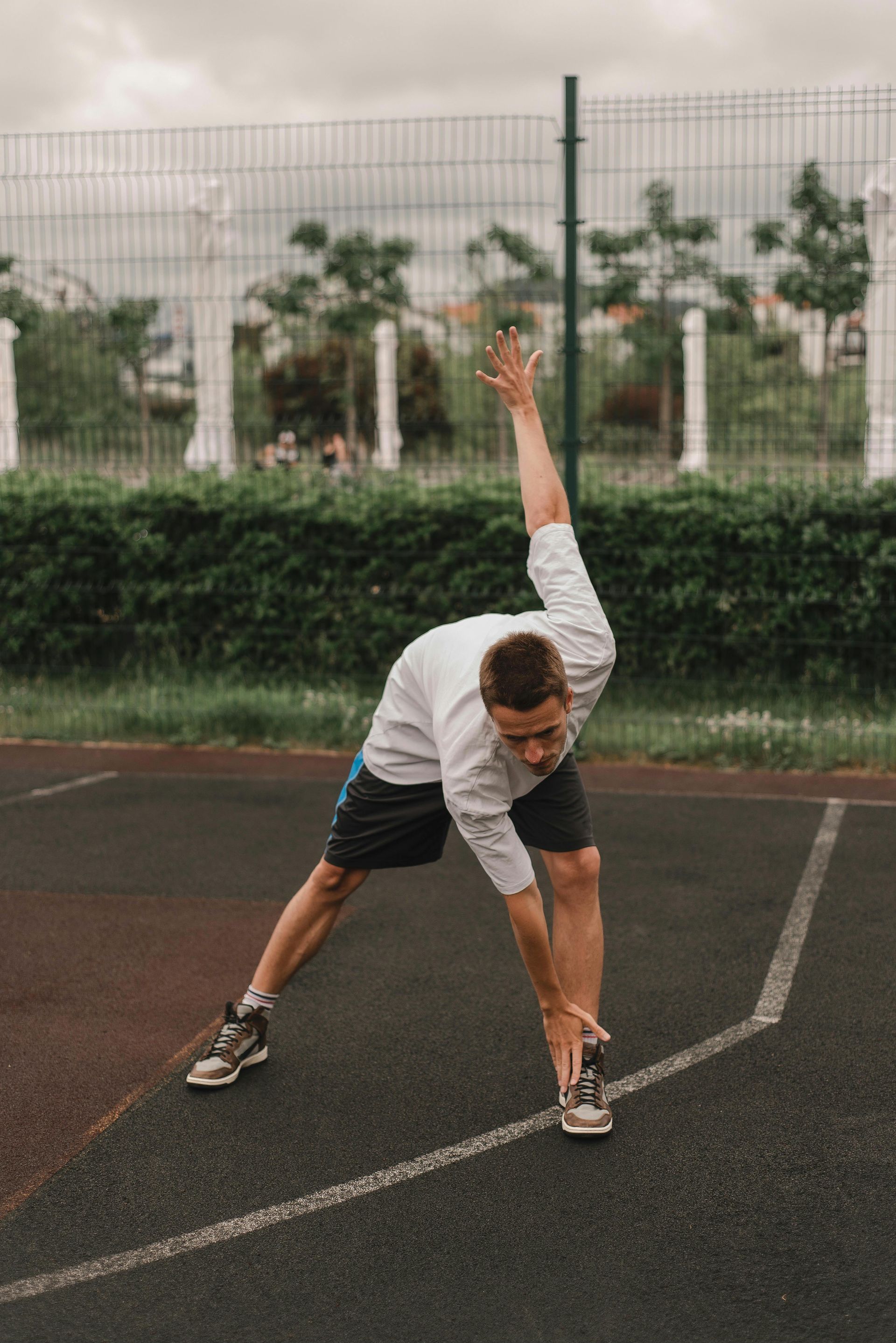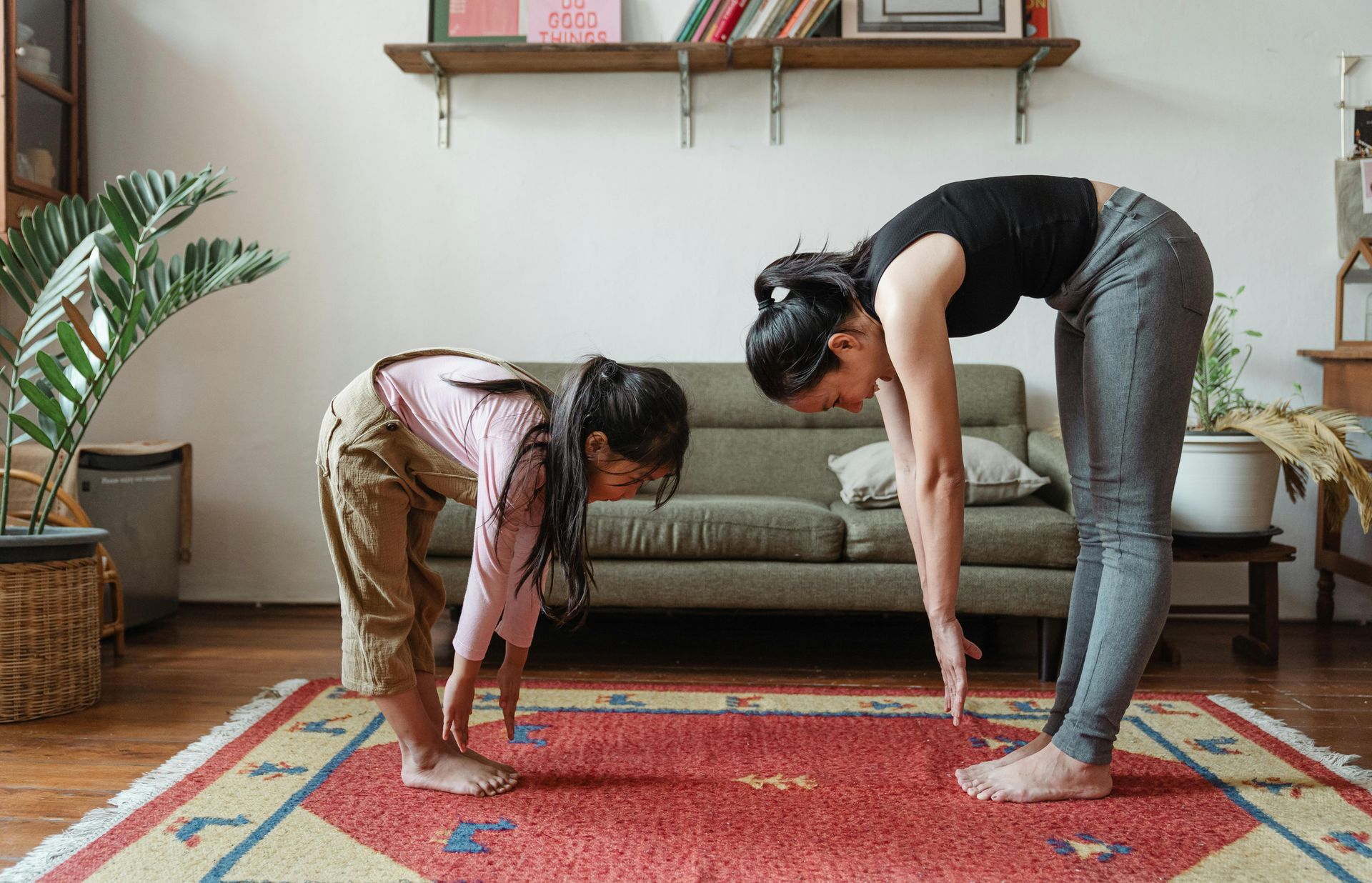Dips
Tricep dips are a compound exercise that primarily targets the triceps but also engages the chest and shoulders. Here's a step-by-step guide on how to perform tricep dips using parallel bars or a stable surface:
Muscles Targeted:
- Primary: Triceps
- Secondary: Chest, shoulders
Equipment Needed:
- Parallel bars (dip bars) or sturdy elevated surfaces like parallel bars on dip stations or the edge of parallel bars on playground equipment.
Steps:
- Set Up:
- Position yourself between the parallel bars. Place your hands on the bars with your palms facing down, and grip the bars firmly.
- Starting Position:
- Lift your body off the ground, supporting your weight with your arms fully extended. Your arms should be straight, and your body should be suspended in the air.
- Body Position:
- Extend your legs straight out in front of you or bend your knees slightly, depending on your preference and fitness level. The more extended your legs, the more challenging the exercise.
- Dipping Movement:
- Inhale and brace your core.
- Lower your body by bending your elbows. Keep your elbows close to your body and avoid flaring them outward.
- Depth:
- Lower your body until your upper arms are parallel to the ground or slightly below. Aim for a full range of motion, ensuring a deep dip for maximum triceps engagement.
- Pressing Up:
- Exhale and press through your palms to extend your arms and return to the starting position.
- Repetition:
- Perform the desired number of repetitions, focusing on controlled movements and maintaining proper form.
- Focus on Form:
- Keep your shoulders down and back throughout the movement. Avoid letting your shoulders shrug up toward your ears.
- Maintain a neutral spine by avoiding excessive arching or rounding of the back.
- Ensure your elbows are pointing straight back, not flaring outward.
- Finishing:
- Once you've completed the set, carefully lower yourself to the ground.
Tips:
- Start with a manageable height or use assistance (like a resistance band) if needed until you build enough strength.
- Focus on controlled movements to prevent excessive stress on the shoulder joints.
- Gradually increase the difficulty by using parallel bars at a higher elevation or extending your legs further.
As with any exercise, if you have any pre-existing conditions or concerns, it's advisable to consult with a fitness professional or healthcare provider before incorporating new movements into your workout routine.









